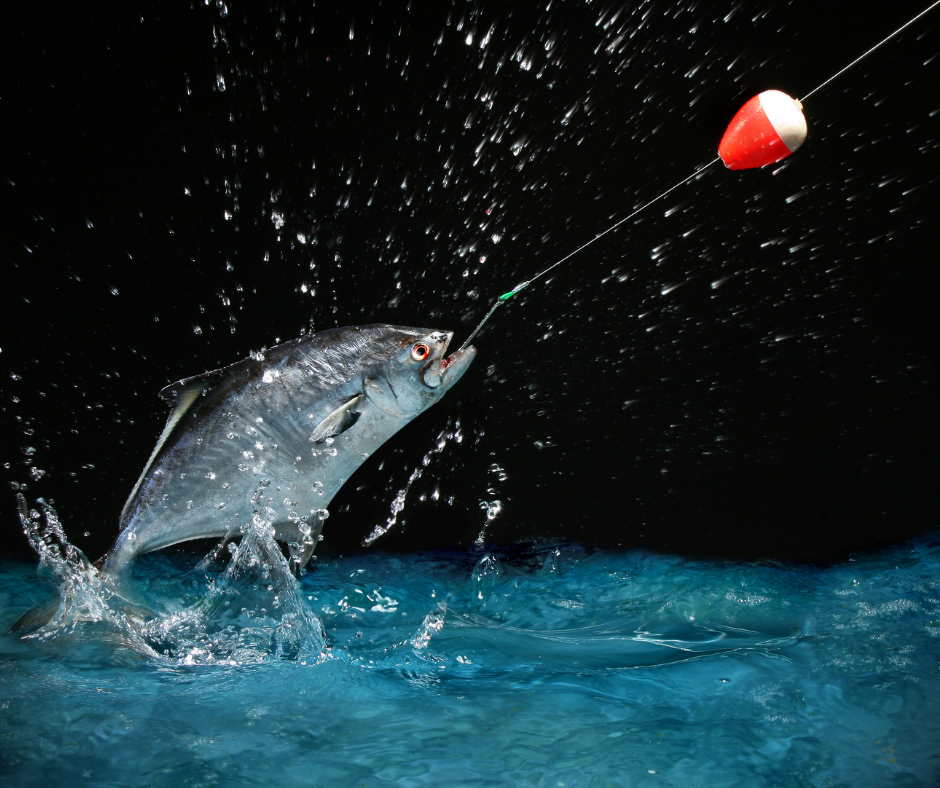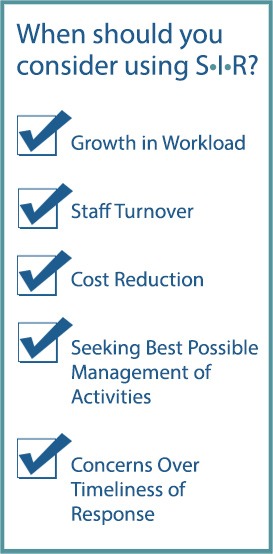What's the Best Use of my Sales & Marketing Budget?

As we concluded our "Back to Sales School" series, we had interesting feedback and discussion with clients and prospective clients alike. Some appreciated our observations on the best ways to execute lead generation strategies and tactics. Others wanted to learn more about how to effectively target their prospective customers utilizing sales and marketing tactics. In all cases, the underlying issue wasn't whether they should be doing these various strategies and tactics or even which were most effective (because this varies by specific company circumstance and competitive environment). The underlying issue was allocating their limited sales and marketing resources (both dollars and manpower). Consequently, this will be our focus in this particular blog post.
In a prior blog titled "Lead Generation and Tactics," we stated that sales and marketing tactics are separate entities but should work "hand-in-glove," separate but together. We subscribe to this core philosophy. Sales and marketing both play a part in lead generation and overall sales growth.
In a budget discussion point, this isn't a question of sales OR marketing tactics, it's about which ones and how much. To make our point, let's look at a general definition of sales and a definition for marketing:
Sales: "The term sales encompasses all activities involved in selling a product or service to a consumer or business. For companies and their sales organizations, the goal of sales is to source prospects, reach out and build relationships with them and provide a solution that will benefit the prospect."
Marketing: "Marketing is the process of investing potential customers and clients in your products and/or services. The key word in this definition is process: marketing involves researching, promoting, selling and distributing your products or services."
Boiling the two down into a core distinction for budgeting purposes:
Sales: Activities that reach out and build relationships.
Marketing: A process of researching, promoting, selling, and distributing products/services.
We reduce these definitions down because it distills the budget discussion down to the core element: immediate results vs. longer-term thinking.
Sales and marketing leaders base their budget allocations on both the immediate results (cash flow, etc.) and longer-term effects backed up by their return on investment. To simplify this process, we are going to use fishing as the analogy for some of the key sales and marketing tactics worthy of your budget. (these observations and metaphors have been used by sales and marketing executives we work with):
Digital Marketing: In an earlier blog, we discussed that digital marketing and social media are long play sales tactics. Applying this fishing analogy to the digital marketing world makes it comparable to "chumming the water." Through digital and social channels, you can lure the fish (your prospects) closer to the boat (your product/service).
One crucial advantage here is that you can cover a larger area of water. A disadvantage is only a certain number of the fish end up making it onto the boat through this method alone. Some fish may jump into the boat on their own, but typically there are additional steps required to catch them for good. In certain circumstances, the fish you catch are too small or not the right fit for you. In other scenarios, you may have been able to gather more information from the ones that got away. Digital marketing grants you the advantage of casting a wide net to reach broader audiences and can be done in conjunction with inside sales to gain helpful insights while also promoting your offerings. Learning from and adapting to the data obtained from inbound marketing methods can increase your chances of catching the right fish later on.
Building and distributing valuable content through digital channels is a great way to learn more about your potential catches. Tracking your prospective group’s engagement with content pieces can help you determine what it takes to keep the right fish biting.
Outside/Inside Sales – Sales is about activities and actions that hook the fish and bring them into the boat. We discussed those activities and the necessary skillset in our blog, "Managing your Sales Stable." A good salesperson (or angler) will know when to set the hook and when to let the fish ``nibble." He will understand what lure or bait to use and even, like a good fly-fisherman, know the secret holes to cast. Setting the hook and reeling the fish in is a matter of asking the right questions, so you know when it's time to “bring him in.” Don’t forget there are other boats out there going after the same fish! Timing is everything.
Now that you understand the analogy, what will you do to catch fish? Are you going to “chum” (digital marketing), or are you going to “set the hook” and reel them in (outside/inside sales)? We believe the answer is both. There are innovative strategies and tactics that allow you to utilize both – even with a limited budget.
To help you visualize how both can be used and work together, let’s use the funnel as our visual aid. To see the graphic, check out our “Sales / Pipeline Funnel” post. The top of the funnel is wide to allow room for lots of prospects that we don’t know much about. As we further qualify them, the funnel narrows, and fewer qualified prospects remain. Finally, at the bottom of the funnel, a customer is secured.
Getting fish into the top of the funnel is where the digital marketing “chumming” can take place. That’s a matter of broadcasting information in whatever form you choose to draw the fish closer to your boat. The more appealing the “chum,” the more fish you’re going to attract. Chumming takes time, so patience is a virtue (any fisherman will tell you that). Once you get them into the top of the funnel, it’s okay just to let them swim around. After enough time and touchpoints, some of the fish will move down the various stages of your funnel and eventually become customers. Remember, as we said earlier, some of them may even jump into your boat on their own.
A better approach to the top-of-funnel process is to have smart people ready to put hooks in the water and start catching fish. These folks ask questions to learn more about how hungry the fish is and what type of bait he prefers. Then they can help the fish move down to the next stage in the funnel (to speed the process) or let them go back and swim and nibble some more. This is where well-trained anglers earn their keep by moving fish down the funnel and into your boat.
Depending on your budget and how immediate your need for fish is will determine how much chumming vs. “hooking one” right away you need to do.
In either case, a top-notch angler is measuring what is working by identifying conversion rates (moving from one stage to the next in the funnel) and seeing what tactics are working best. Then it becomes easy: do more of what’s working to convert fish that are just swimming around into fish that are nibbling and eventually fish that are in the boat.
There is considerably more detail (both in tactics and budget consideration) to this process that can be found in our next whitepaper, "Catch More Sales with Smart Targeting", which supplies detailed instructions to becoming an excellent sales angler. If you’d like to receive an advance copy, email us at sirinfo@sirsales.com.



